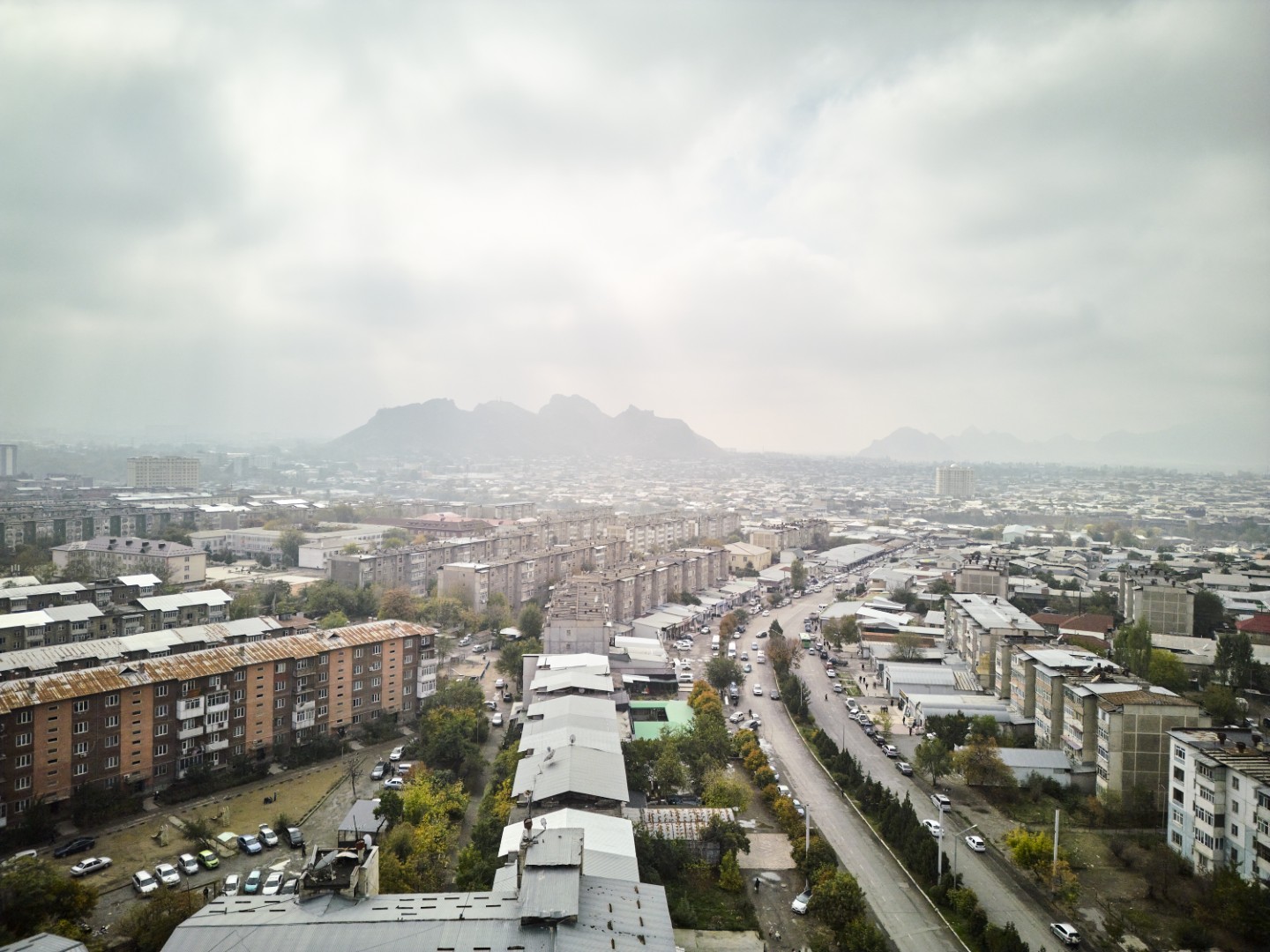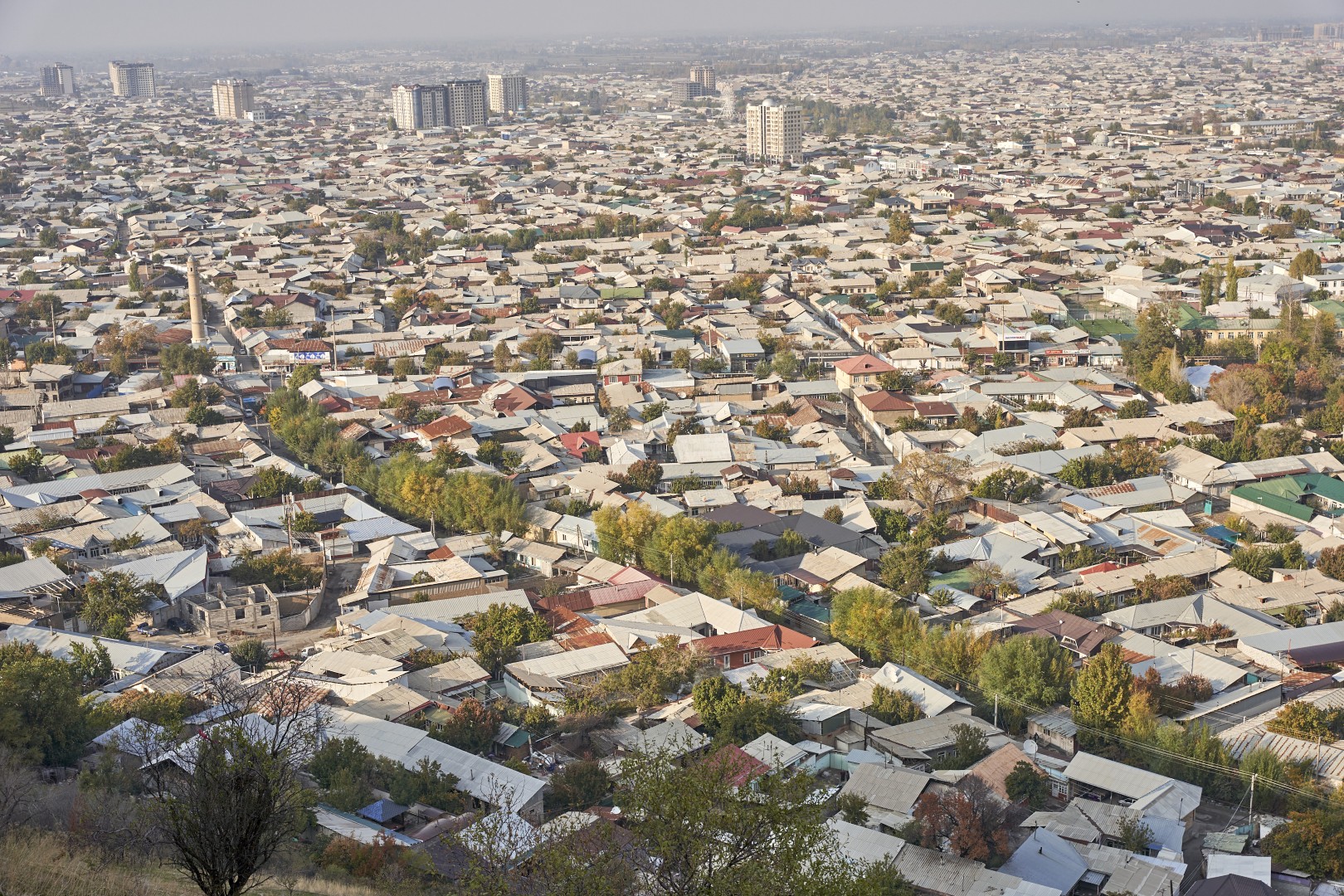
Soviet city near the Alai Mountains
Welcome to Soviet Osh! The current appearance of the city was largely formed during that period. The Second World War delayed the realization of the city’s development projects, planned in the late 1930s. Therefore, the complete general reconstruction of Osh began in 1949.
Welcome to Soviet Osh! The current appearance of the city was largely formed during that period. The Second World War delayed the realization of the city’s development projects, planned in the late 1930s. Therefore, the complete general reconstruction of Osh began in 1949.
Soviet architects Vladimir Nusov and Leonid Kutsemelov focused on the reconstruction of one-storey buildings and the development of the first urban microdistricts. Unfortunately, many historical sites were simultaneously destroyed, especially ancient mosques and madrasahs.
In 1965, the first large-panel houses appeared in Osh. They were also called “Khrushchev apartments” in honour of the former head of the Soviet government Nikita Khrushchev. During this time, the main Osh microdistrict “Cheryomushki” (today “Suleiman-Too”) was completed and resembled the well-known Moscow microdistrict of the same name.
The second planned reconstruction of Osh began in 1970, timed to coincide with the celebration of the 50th anniversary of the Kyrgyz SSR. The appearance of the central parallel Lenin and Sverdlov Streets (now Kurmanjan Datka and Lenin Streets, respectively) was almost completely changed. On the site of the old residential mahalla at the northern foot of Suleiman Mountain, a monument and a stone plaque of honour were installed. Today this area boasts a plaza with a fountain and an eye-catching three-storey yurt. During these years, a new terminal at the Osh airport, two theaters, and other facilities were built in Osh, many of which emulated the buildings of the capital, Frunze (now Bishkek).
In 1983, Osh’s first skyscraper, a seven-storey residential building with the only elevator in the city, was unveiled. Young Osh residents, ignoring the prohibitions of adults, rode the elevator together until the lift operators began to complain.
In 1985 the master plan for the city’s layout was adjusted, but it was never implemented due to the collapse of the USSR. It is noteworthy that all city planners throughout the Soviet period took into account Osh’s special location at the foot of Suleiman Mountain, and ensured that the mountain was visible from everywhere.

Other Experiences
-

Soviet city near the Alai Mountains
Welcome to Soviet Osh! The current appearance of the city was largely formed during that period. The Second World War delayed the realization of the…
-
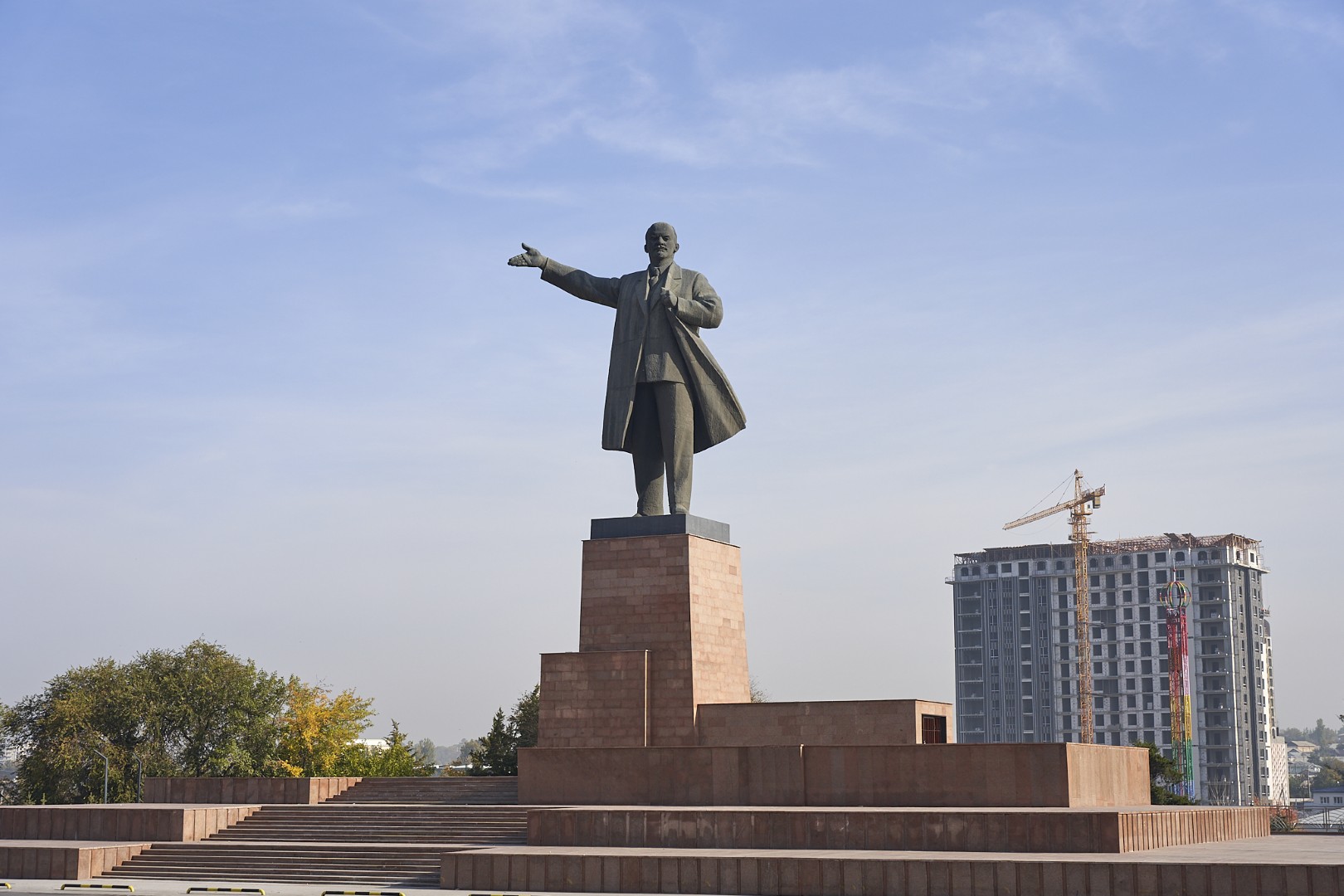
Monuments as symbols of changing eras
An imposing monument to Communist leader Vladimir Lenin, erected in May 1985, still stands in Osh’s central square. The statue itself is 11 metres high…
-
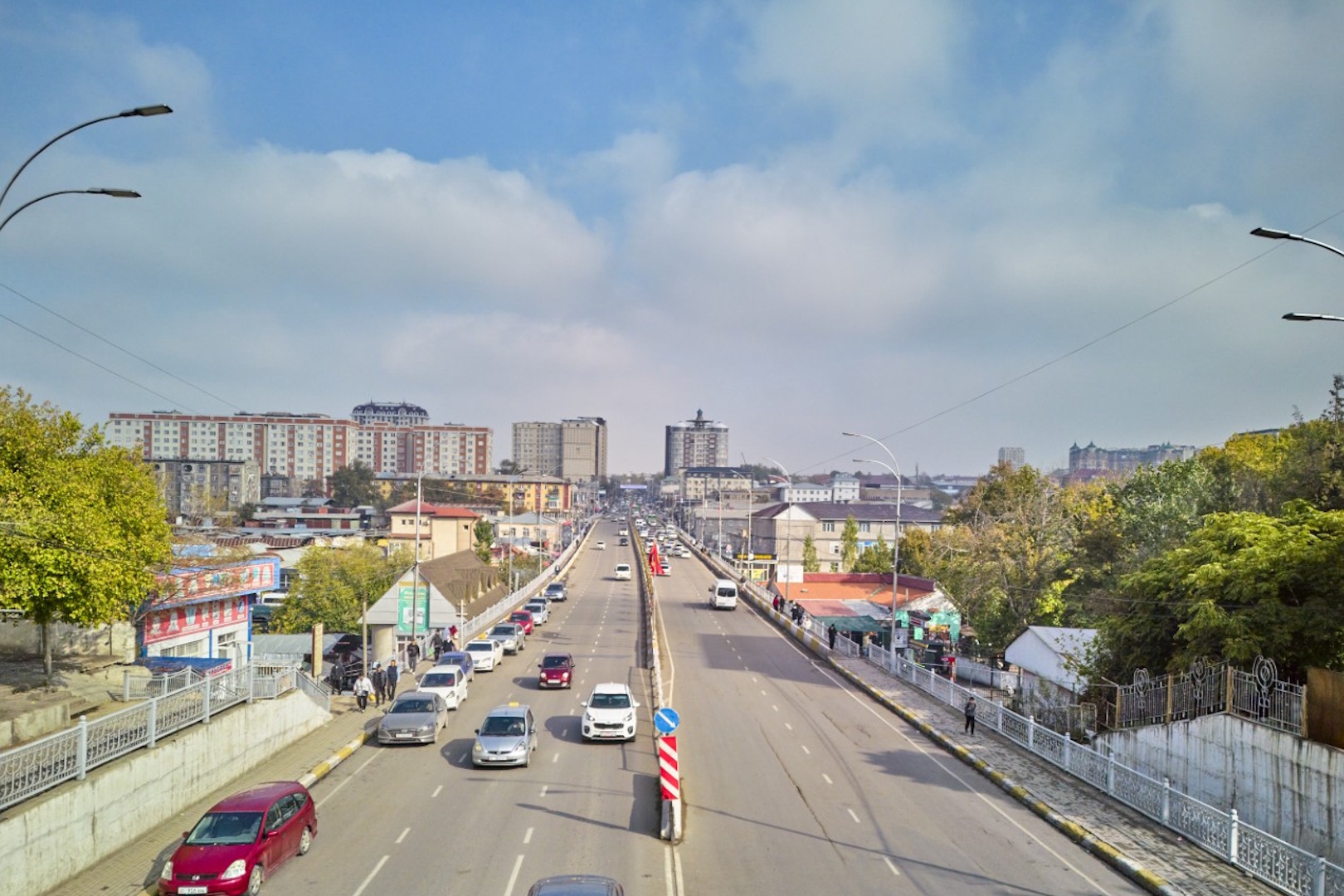
The road to the Pamirs starts in Osh!
The Pamir Highway begins in Osh! The Pamir Highway, one of the highest mountain routes in the world, is an extraordinary landmark and starts right…
-
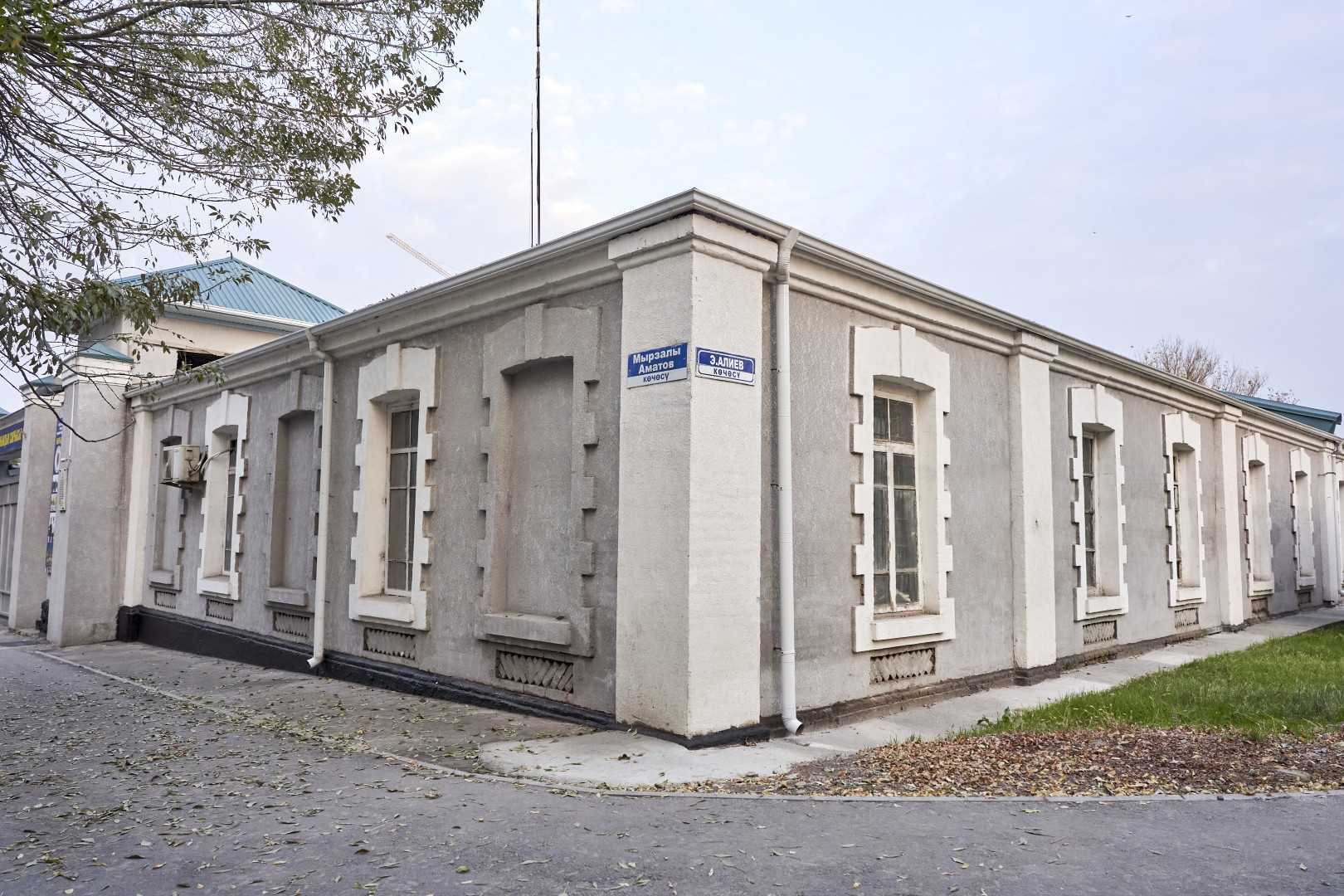
Osh Fortress
The Osh fortress was built in 1919 on the site of the former Tsarist Russian military barracks, located in the very center of the “new…
Other Locations
-

Gate of Fire at Suleiman Mountain
Ancient Osh with its majestic Suleiman Mountain has a magic power, attracting adherents of various religions and beliefs, serving as a place of pilgrimage for…
-
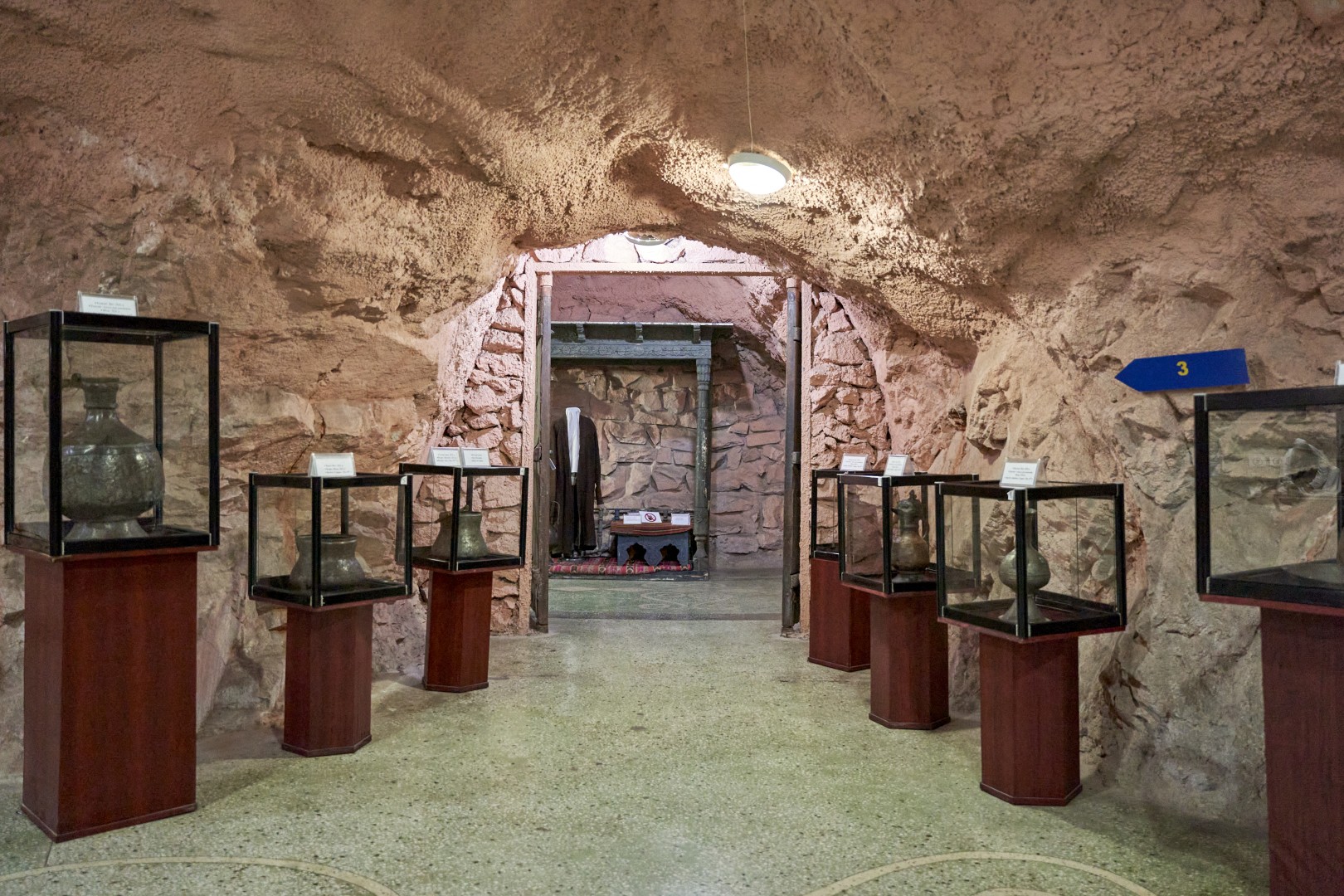
Museum in Rushan Cave
On a hot July day in 1978, the new Historical and Local History Museum of Osh, housed within a winding complex of 13 caves and…
-
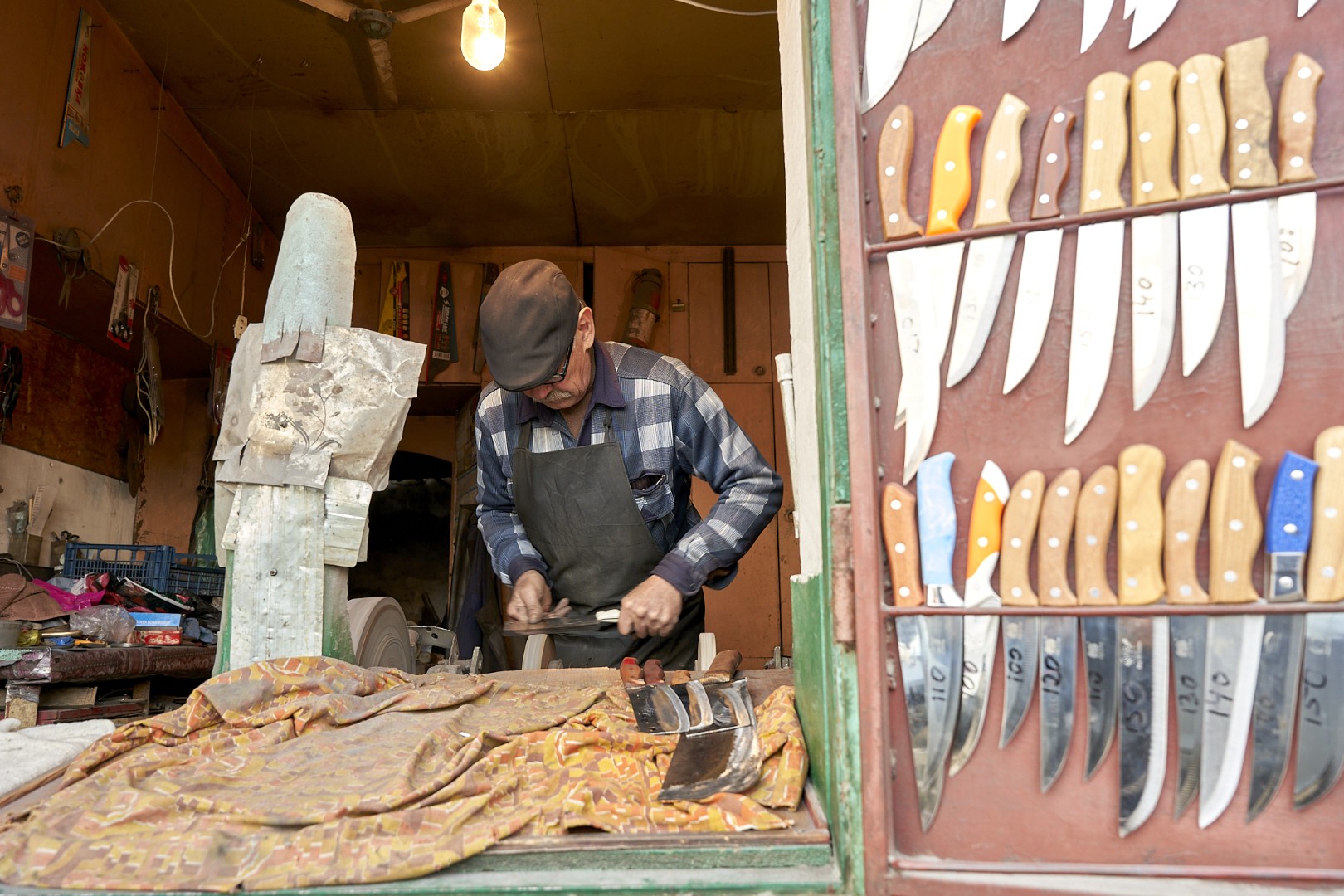
Artisans
The old bazaar is famous for its artisans, who cherish and preserve the secrets of their handicrafts, and whose wares are still in demand among…
-
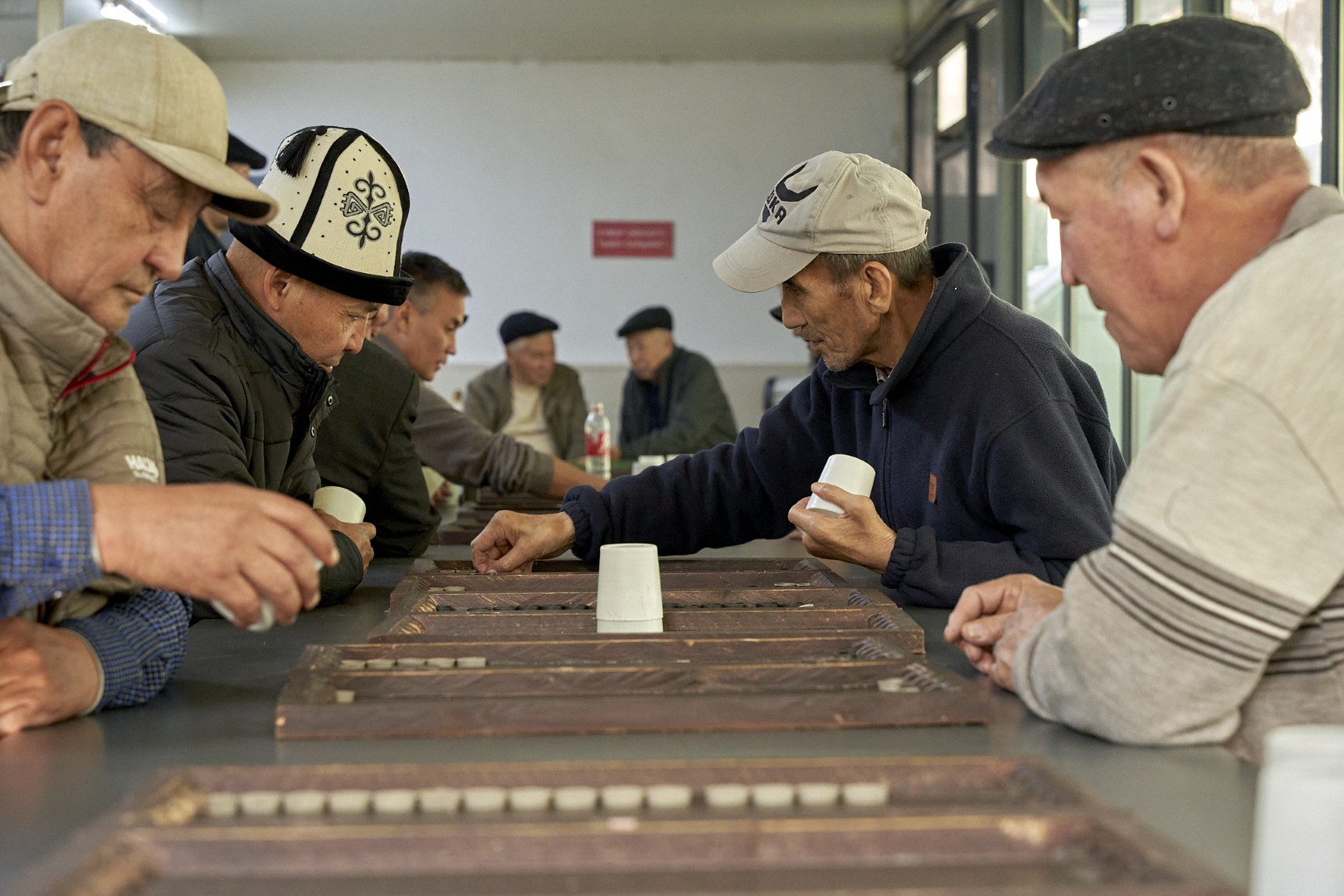
Diversity
Start your leisurely stroll through the old bazaar with a piala, the traditional teacup, of fragrant green tea. Stop by one of the local teahouses…

